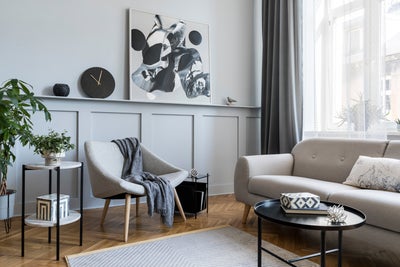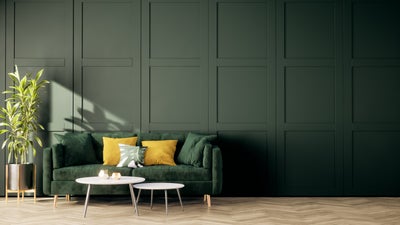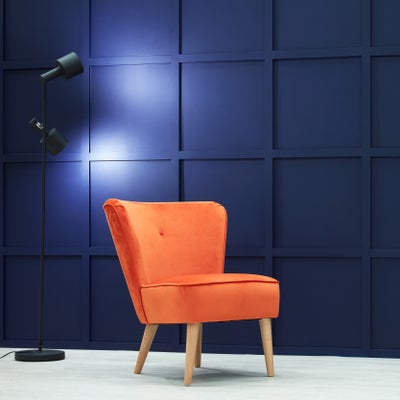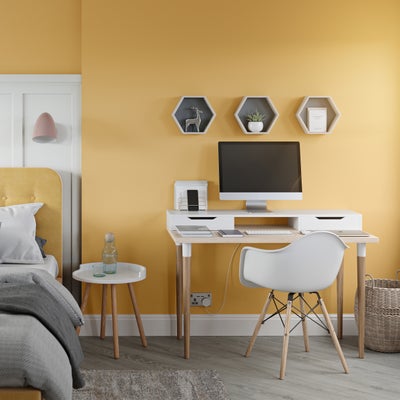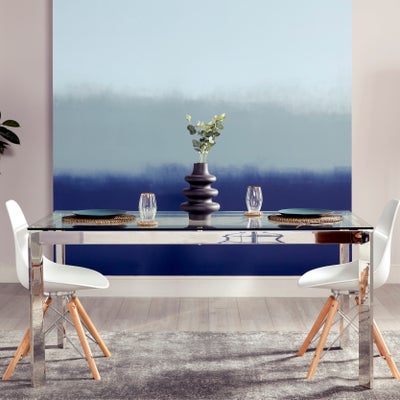Choosing the right wood panelling design
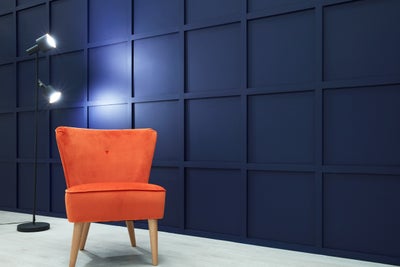
When it comes to decorating, you can go the extra mile by adding some extra design features to your wall with wooden wall panelling. This addition of texture and aesthetic enhances your interior design way beyond a new coat of paint. Plus it can be practical as well as decorative, so it’s important to think about what kind of style and panelling is the best choice for your space.
